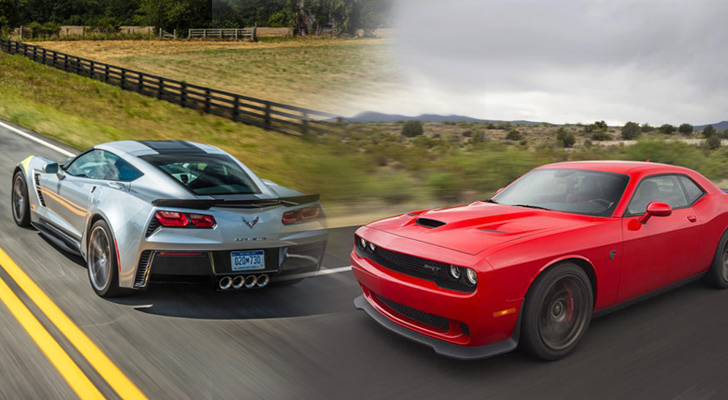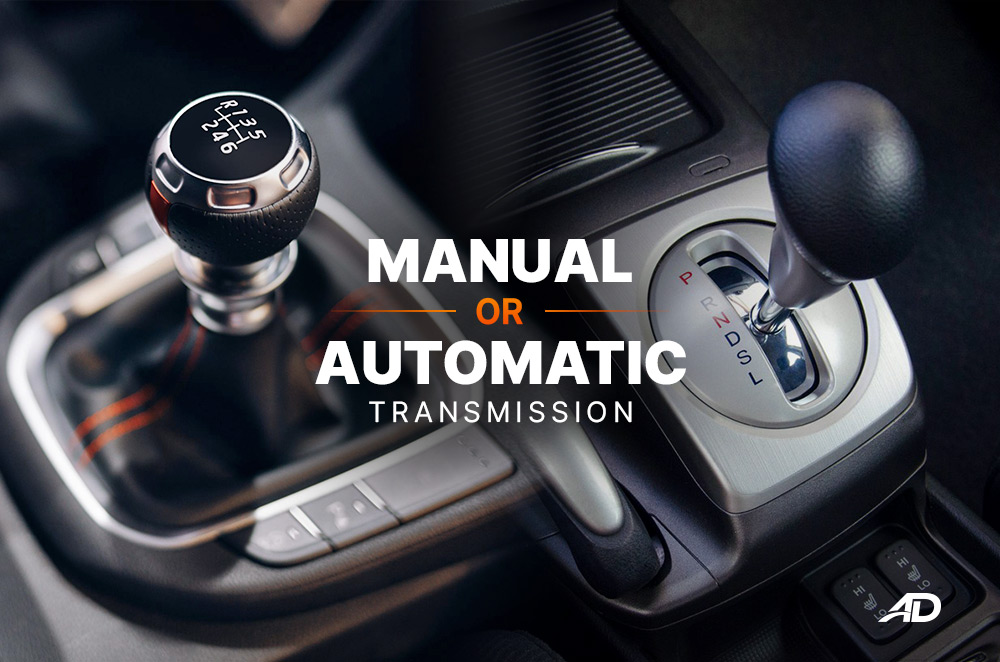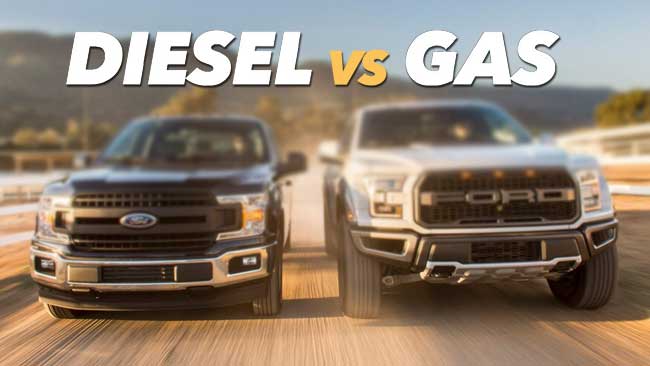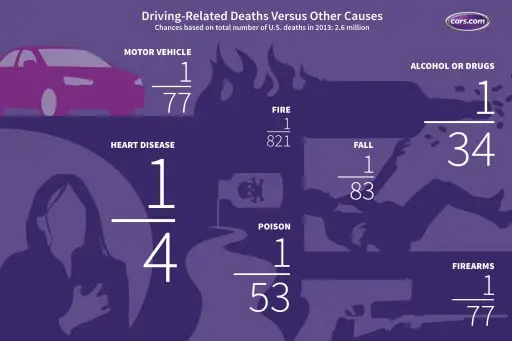-
Table of Contents
The Impact of Muscle Cars and Sports Cars on Automotive Culture

The impact of muscle cars and sports cars on automotive culture is undeniable. From the classic American muscle cars of the 1960s to the modern-day sports cars, these vehicles have had a lasting influence on the automotive industry.
Muscle cars first emerged in the 1960s as a response to the rising popularity of European sports cars. These cars were designed to be powerful and fast, with large engines and aggressive styling. They quickly became popular among young drivers, who were drawn to their performance and style. Muscle cars were also popular among drag racers, who used them to compete in races.
Sports cars, on the other hand, have been around since the early 1900s. These cars are designed for speed and agility, and they often feature sleek, aerodynamic designs. Sports cars are typically more expensive than muscle cars, but they are also more luxurious and technologically advanced.
The influence of muscle cars and sports cars on automotive culture is evident in the way that cars are designed today. Many modern cars feature the same aggressive styling and powerful engines that made muscle cars so popular. Sports cars, meanwhile, have become more luxurious and technologically advanced, with features such as advanced safety systems and high-performance engines.
The influence of muscle cars and sports cars on automotive culture is also evident in the way that people view cars. For many people, cars are no longer just a means of transportation, but a way to express their personality and style. Muscle cars and sports cars are seen as symbols of power and status, and they are often used to make a statement.
In conclusion, it is clear that muscle cars and sports cars have had a lasting impact on automotive culture. From the way that cars are designed to the way that people view them, these vehicles have had a profound influence on the automotive industry.
The Pros and Cons of Owning a Muscle Car or Sports Car

Owning a muscle car or sports car can be a thrilling experience, but it is important to consider the pros and cons before making a purchase. Here are some of the advantages and disadvantages of owning a muscle car or sports car.
Pros
1. Performance: Muscle cars and sports cars are designed to provide superior performance. They are equipped with powerful engines and advanced suspension systems that allow them to accelerate quickly and handle tight turns with ease.
2. Style: Muscle cars and sports cars are designed to be stylish and eye-catching. They often feature sleek designs and vibrant colors that make them stand out from the crowd.
3. Status: Owning a muscle car or sports car can be a status symbol. It can be a sign of success and wealth, and it can be a great way to make a statement.
Cons
1. Cost: Muscle cars and sports cars can be expensive. They often require a significant investment, and they can be difficult to maintain.
2. Insurance: Insurance premiums for muscle cars and sports cars can be high. This is due to the fact that they are more likely to be involved in accidents and thefts.
3. Safety: Muscle cars and sports cars are not as safe as other vehicles. They are often not equipped with the latest safety features, and they can be more prone to rollovers and other types of accidents.
Overall, owning a muscle car or sports car can be a great experience, but it is important to consider the pros and cons before making a purchase. It is important to weigh the advantages and disadvantages carefully to ensure that you make the best decision for your needs.
Comparing the Performance of Muscle Cars and Sports Cars

The debate between muscle cars and sports cars has been ongoing for decades. Both types of vehicles offer a unique driving experience, but which one is better? To answer this question, we must compare the performance of muscle cars and sports cars.
Muscle cars are known for their powerful engines and impressive acceleration. They are designed to be fast and powerful, and they often have large V8 engines. Muscle cars are also known for their loud exhausts and aggressive styling.
Sports cars, on the other hand, are designed for speed and agility. They are usually lighter than muscle cars and have smaller engines. Sports cars also have better handling and braking capabilities, which makes them ideal for racing.
When it comes to performance, muscle cars and sports cars have their own strengths and weaknesses. Muscle cars are great for straight-line speed, but they are not as agile as sports cars. Sports cars are more agile and have better handling, but they are not as powerful as muscle cars.
When it comes to overall performance, it really depends on the driver’s preferences. Some drivers prefer the power and acceleration of muscle cars, while others prefer the agility and handling of sports cars. Ultimately, it is up to the driver to decide which type of vehicle is best for them.
No matter which type of vehicle you choose, it is important to remember that safety should always be your top priority. Make sure to follow all safety guidelines and drive responsibly.
The History of Muscle Cars and Sports Cars

The history of muscle cars and sports cars is a long and fascinating one. From the earliest days of the automobile, people have been drawn to cars that offer speed and power. The earliest muscle cars and sports cars were built in the early 1900s, and they have evolved over the years to become some of the most iconic vehicles on the road today.
The first muscle cars were built in the early 1900s, and they were designed to be powerful and fast. These cars were typically large, heavy, and had powerful engines. They were designed to be able to outrun the police, and they quickly became popular with car enthusiasts. The first muscle cars were often modified versions of existing cars, and they were often referred to as “hot rods”.
Sports cars, on the other hand, were designed to be lightweight and agile. They were designed to be able to handle tight turns and high speeds. The first sports cars were typically two-seaters, and they were often powered by small engines. As technology advanced, sports cars became more powerful and faster, and they eventually became some of the most sought-after vehicles on the road.
Today, muscle cars and sports cars are still popular with car enthusiasts. They are often modified and customized to create unique and powerful vehicles. Muscle cars and sports cars are also popular with collectors, and they can often be found at car shows and auctions.
The history of muscle cars and sports cars is a long and fascinating one. From the earliest days of the automobile, people have been drawn to cars that offer speed and power. Today, these vehicles are still popular with car enthusiasts, and they are often modified and customized to create unique and powerful vehicles. Whether you’re a car enthusiast or a collector, muscle cars and sports cars are sure to provide you with an exciting and thrilling ride.
Exploring the Differences Between Muscle Cars and Sports Cars
Muscle cars and sports cars are two distinct types of vehicles that have been around for decades. While they may look similar, there are some key differences between the two that make them unique. In this blog post, we’ll explore the differences between muscle cars and sports cars to help you decide which type of vehicle is right for you.
The first difference between muscle cars and sports cars is their power. Muscle cars are known for their powerful engines and high performance. They are designed to be fast and powerful, and they often have large V8 engines that can produce a lot of horsepower. Sports cars, on the other hand, are designed for speed and agility. They typically have smaller engines and are designed to be more nimble and responsive.
The second difference between muscle cars and sports cars is their design. Muscle cars are typically designed with a classic, retro look. They often have large, boxy bodies and long hoods. Sports cars, on the other hand, are usually designed with a more modern, aerodynamic look. They often have sleek, curved bodies and shorter hoods.
The third difference between muscle cars and sports cars is their handling. Muscle cars are designed to be powerful and fast, but they are not always the most agile vehicles. Sports cars, on the other hand, are designed to be more nimble and responsive. They are usually more agile and easier to handle in tight corners and on winding roads.
Finally, the fourth difference between muscle cars and sports cars is their price. Muscle cars are typically more affordable than sports cars, making them a great option for those on a budget. Sports cars, however, are usually more expensive due to their higher performance and more advanced features.
In conclusion, muscle cars and sports cars are two distinct types of vehicles that have their own unique characteristics. Muscle cars are known for their powerful engines and classic design, while sports cars are designed for speed and agility. Both types of vehicles have their own advantages and disadvantages, so it’s important to consider your needs and budget before making a decision.
Conclusion
In conclusion, a muscle car is a type of car that is designed for performance and power, while a sports car is designed for speed and agility. Muscle cars are typically larger and heavier than sports cars, and they are usually equipped with a powerful engine. Sports cars are usually smaller and lighter than muscle cars, and they are usually equipped with a smaller engine. Both types of cars are designed to provide an exciting driving experience, but they are designed for different purposes.








